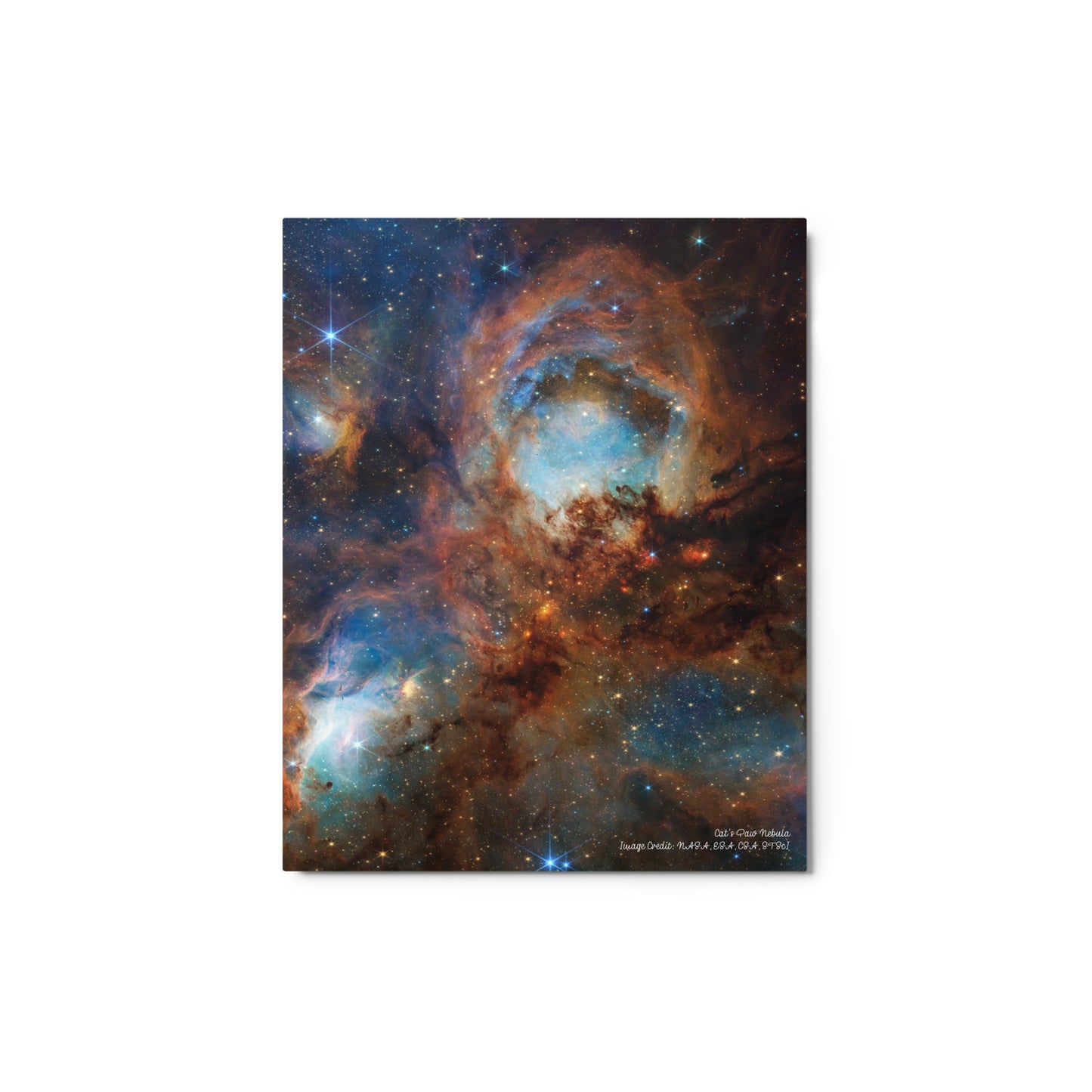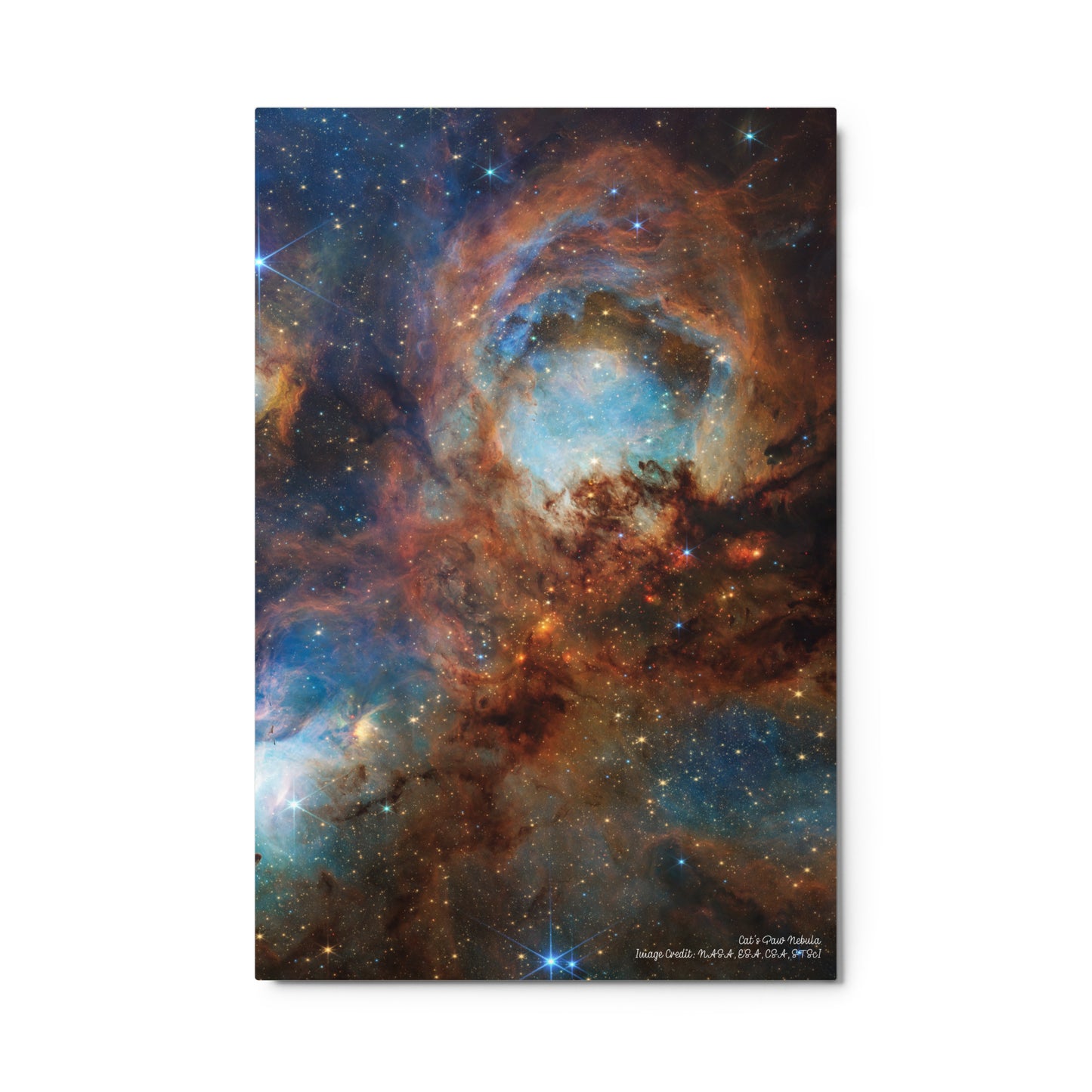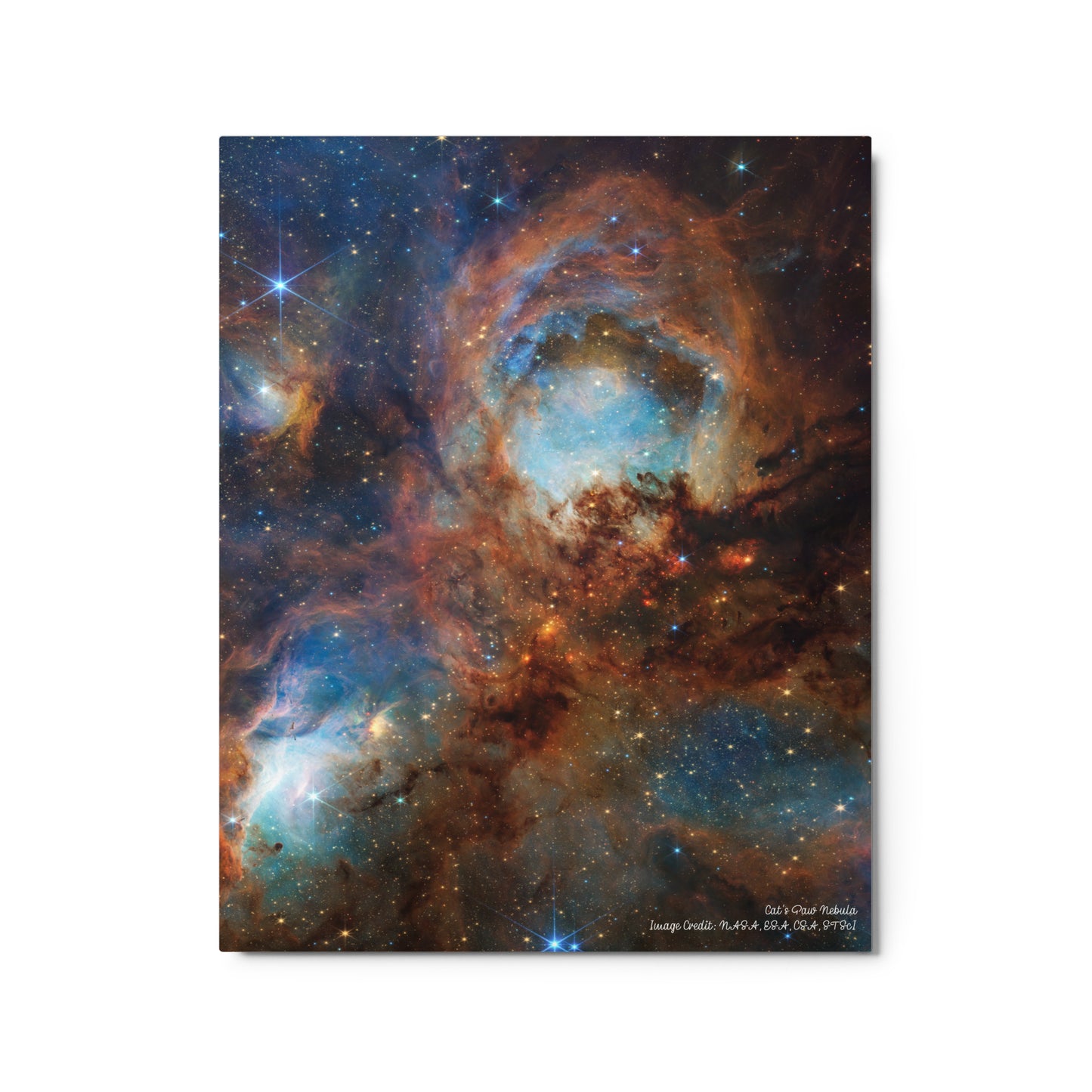Cat’s Paw Nebula, Metal prints
Cat’s Paw Nebula, Metal prints
Couldn't load pickup availability
Bring the Universe Home: High-Quality Metal Prints
Transform your space with stunning cosmic wonders. These high-quality metal prints showcase the universe's vibrant colors and intricate details in a way that has never been seen before.
Lasting Visions of the Cosmos:
Scratch- and Fade-Resistant: Crafted with a durable aluminum surface, these prints withstand everyday wear and tear.
Exceptional Vibrancy: The meticulous printing process utilizes the metal's reflective properties to create stunningly vivid colors that bring the cosmos to life.
Easy to Care For: Simply wipe clean with a damp cloth, making them ideal for high-traffic areas.
Multiple Sizes Available: Find the perfect fit for your space, whether you're seeking a captivating focal point or a mesmerizing gallery wall.
Modern Elegance:
These metal prints boast a sleek and contemporary aesthetic, a touch of sophistication. The artwork appears almost luminescent against the wall, adding a unique dimension to your décor.
Cat's Paw Nebula:
To celebrate NASA's James Webb Space Telescope's third year of highly productive science, astronomers used the telescope to delve deeper into the Cat's Paw Nebula (NGC 6334), a massive, local star-forming region. This area is of great interest to scientists, having been studied previously by NASA's Hubble and retired Spitzer space telescopes, as they seek to understand the multiple steps required for a turbulent molecular cloud to transition to stars.
With its near-infrared capabilities and sharp resolution, the telescope "clawed" back a portion of a singular "toe bean," revealing a subset of mini toe bean-reminiscent structures composed of gas, dust, and young stars.
Webb's view reveals a chaotic scene still in development: Massive young stars are carving away at nearby gas and dust, while their bright starlight is producing a bright nebulous glow represented in blue. This is only a chapter in the region's larger story. The disruptive young stars, with their relatively short lifespans and luminosity, will eventually quench the local star formation process.
Constellation: Scorpius
Dimensions: Image is 5.8 arcmin across (about 9.3 light-years)
Distance: 5,500 light-years
Exposure Dates: 6 September 2024
Image Credit: NASA, ESA, CSA, STScI
Share




